 Welcome
Welcome
“May all be happy, may all be healed, may all be at peace and may no one ever suffer."
Neuromyelitis optica
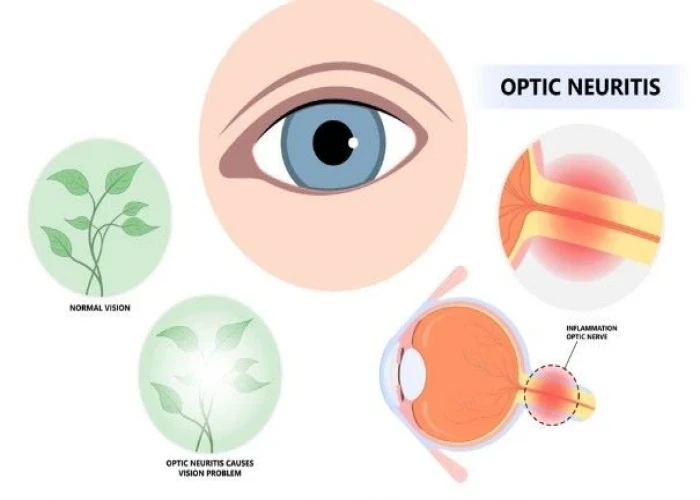
Neuromyelitis optica (NMO), also known as Devic's disease, is a rare autoimmune disorder that affects the central nervous system, specifically the optic nerves and spinal cord. In NMO, the body's immune system attacks and damages the myelin sheath that surrounds and protects nerve fibers. This damage can lead to blindness, muscle weakness and paralysis, numbness, and bladder and bowel dysfunction.
NMO is characterized by attacks or relapses of symptoms that can be severe and can occur over a period of hours to days. Symptoms may include:
- Optic neuritis: Inflammation of the optic nerve that can cause vision loss, pain behind the eye, and sensitivity to light.
- Transverse myelitis: Inflammation of the spinal cord that can cause muscle weakness, paralysis, and loss of sensation in the legs and arms.
- Nausea, vomiting, and hiccups.
NMO is often misdiagnosed as multiple sclerosis (MS) because of similar symptoms, but it is a distinct disease with different diagnostic criteria and treatment options. A blood test for the NMO-IgG antibody, which is present in about 70% of patients with NMO, can help with the diagnosis.
Treatment for NMO involves immunosuppressive therapy to prevent attacks and reduce the severity of symptoms. This may include medications such as corticosteroids, immunosuppressants, and plasma exchange. Regular monitoring of symptoms and close follow-up with a neurologist are important for managing NMO.
Research Papers
Disease Signs and Symptoms
- Eye pain or burning
Disease Causes
Disease Prevents
Disease Treatments
Neuromyelitis optica can't be cured, though long-term remission is sometimes possible with the right management. NMO treatment involves therapies to reverse recent symptoms and prevent future attacks.
- Reversing recent symptoms. In the early stage of an NMO attack, your doctor might give you a corticosteroid medication, methylprednisolone (Solu-Medrol), through a vein in your arm (intravenously). You'll be given the medication for about five days, and then the medication will be tapered off slowly over several days.
- Plasma exchange is frequently recommended as the first or second treatment, usually in addition to steroid therapy. In this procedure, some blood is removed from your body, and blood cells are mechanically separated from fluid (plasma). Doctors mix your blood cells with a replacement solution and return the blood to your body.
- Doctors can also help manage other possible symptoms, such as pain or muscle problems.
- Preventing future attacks. Doctors might recommend that you take a lower dose of corticosteroids over time to prevent future NMO attacks and relapses.
- Your doctor might also recommend taking a medication that suppresses your immune system. Immunosuppressive medications that may be prescribed include azathioprine (Imuran, Azasan), mycophenolate (Cellcept) or rituximab (Rituxan).
Disease Diagnoses
Disease Allopathic Generics
Disease Ayurvedic Generics
Disease Homeopathic Generics
Disease yoga
Neuromyelitis optica and Learn More about Diseases

Burns
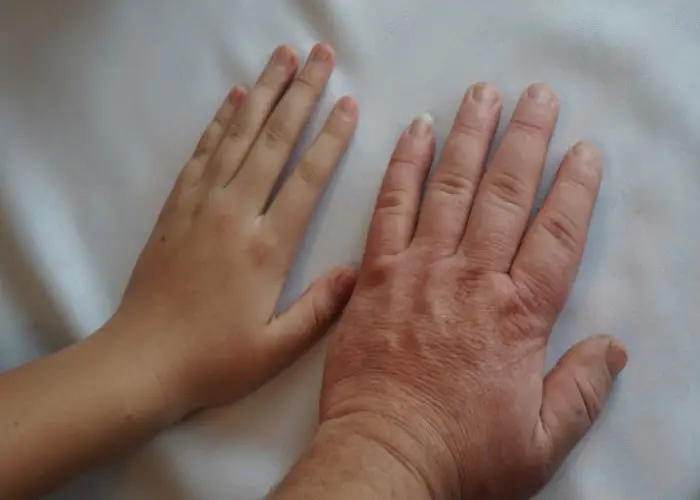
Acromegaly
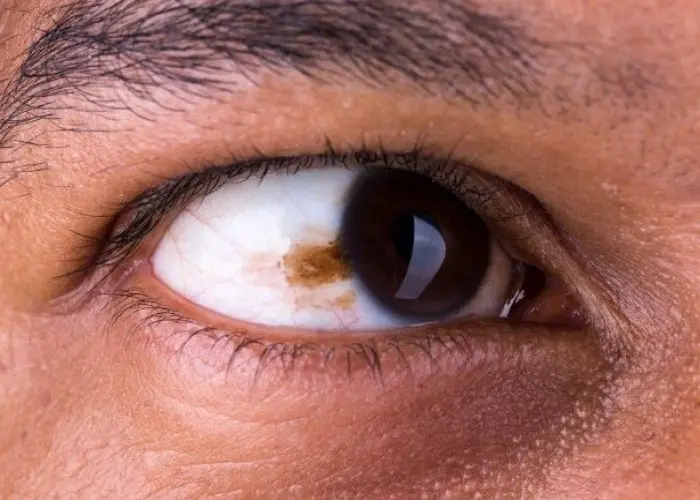
Eye melanoma
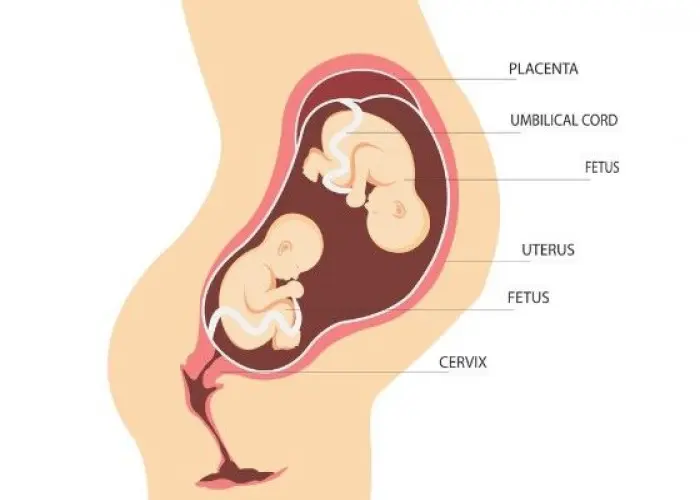
Double uterus
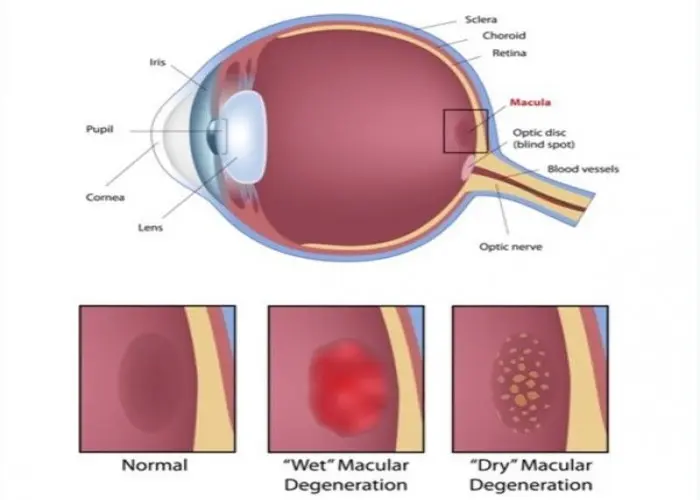
Dry macular degeneration

Compulsive gambling
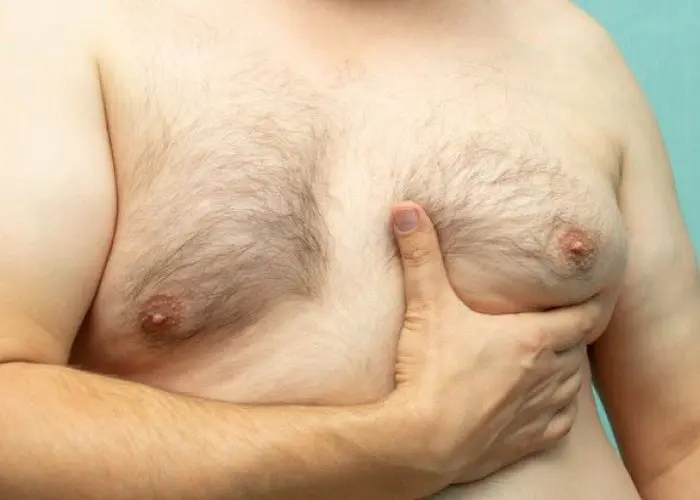
Enlarged breasts in men (gynecomastia)

Cardiomyopathy
neuromyelitis optica, নিউরোমিলাইটিস অপটিকা
To be happy, beautiful, healthy, wealthy, hale and long-lived stay with DM3S.
